The “Driver verifier detected violation error” is a common BSOD (Blue Screen of Death) issue that can keep you stuck at startup for hours. A few users have also reported that this BSOD error occurred on their devices in endless loops. This error is majorly encountered due to the presence of faulty or corrupt drivers, faulty hardware, virus or malware infection, and a couple of other reasons.
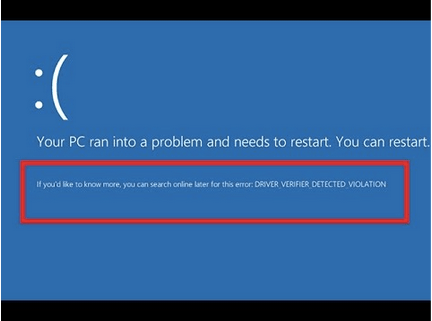
Well, the good thing is that this issue can easily be fixed by following a few workarounds and making some changes in the system settings. In this post, we will be learning all about what is the driver verifier violation error, what causes it, and how to get past this BSOD hindrance to getting your device up and running again!
Let’s get started.
What Does Driver Verifier Detected Violation Mean? What Causes it?
The Driver_Verifier_Detected_Violation is typically a BSOD error that is caused due to faulty drivers or hardware. Some other reason that may trigger this error on your device include:
- Outdated drivers.
- Presence of virus or malware.
- Outdated Windows version.
- Problematic third-party apps.
- GPU overclocking.
- Incompatible graphic card.
How to Fix the “Driver Verifier Detected Violation Error” on Windows 10?
#1 Update Windows
Are you operating an outdated version of Windows? If yes, then we strongly recommend you to check for any available updates and install the latest copy of Windows OS on your device. To do so, here’s what you need to do.
Tap the Windows icon, select the gear-shaped icon to open Settings.
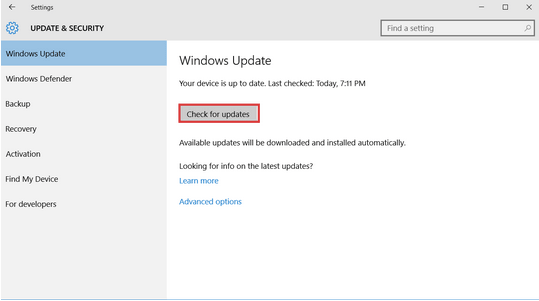
Tap on “Update and Security”. Hit the “Check for Updates” button and then install the latest version of Windows on your device right away.
Also read: FIX: Check for Updates Button Missing on Windows 10
#2 Roll Back Graphic Drivers
If your graphic card drivers are incompatible with the current Windows version, then you may encounter the “Driver Verifier Detected Violation error” on your device. To fix this, we advise you to roll back the graphics driver installed on your PC to check if it fixes the issue. Follow these quick steps:
Press the Windows + R key combination to open the Run dialog box.
Type “Devmgmt.msc” in the textbox, hit Enter.
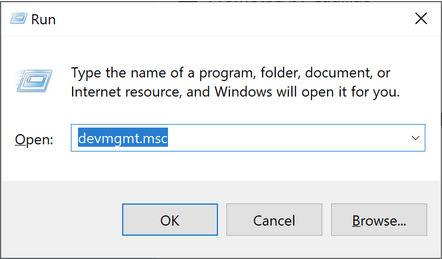
In the Device Manager window, look for the “Display Adapter” option as it includes the graphic drivers.
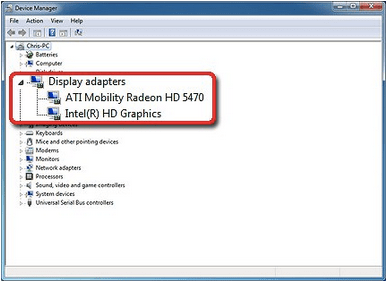
Right-click on the respective graphic driver’s title, select “Uninstall Device”.
Uninstalling the graphic drivers will load it to its default version.
Reboot your machine and check if you’re still facing the BSOD hindrance.
Also read: Step By Step Guide To Roll Back NVIDIA Drivers On Windows 10
#3 Update All Drivers
If rolling back the display drivers to the default version didn’t bring any luck, let’s move to our next solution. To update all existing drivers installed on your device, you can either go by the manual way and use Device Manager to get the job done.
But yes, of course, this sounds way too hectic. Isn’t it?
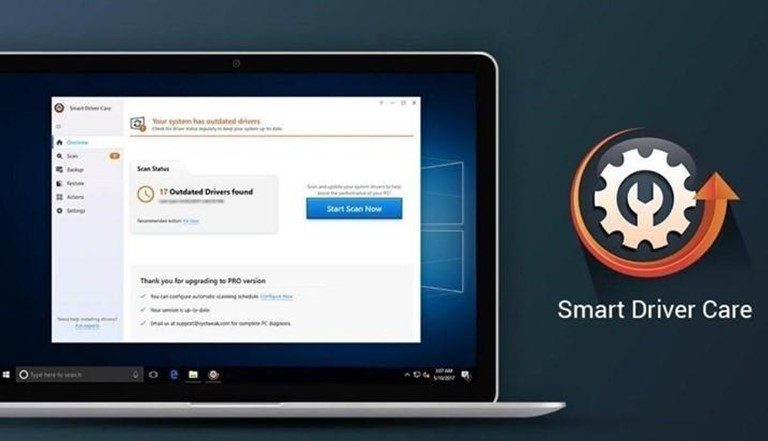
Download and install the Smart Driver Care utility on your Windows device and leave all the hassle behind. Smart Driver Care is one of the best driver updater tools for Windows that scans your entire device, hunts for outdated and corrupt drivers, and lists them down. With just one click, you can update all the outdated drivers with the help of this useful utility tool. (Yes, you can thank us later)
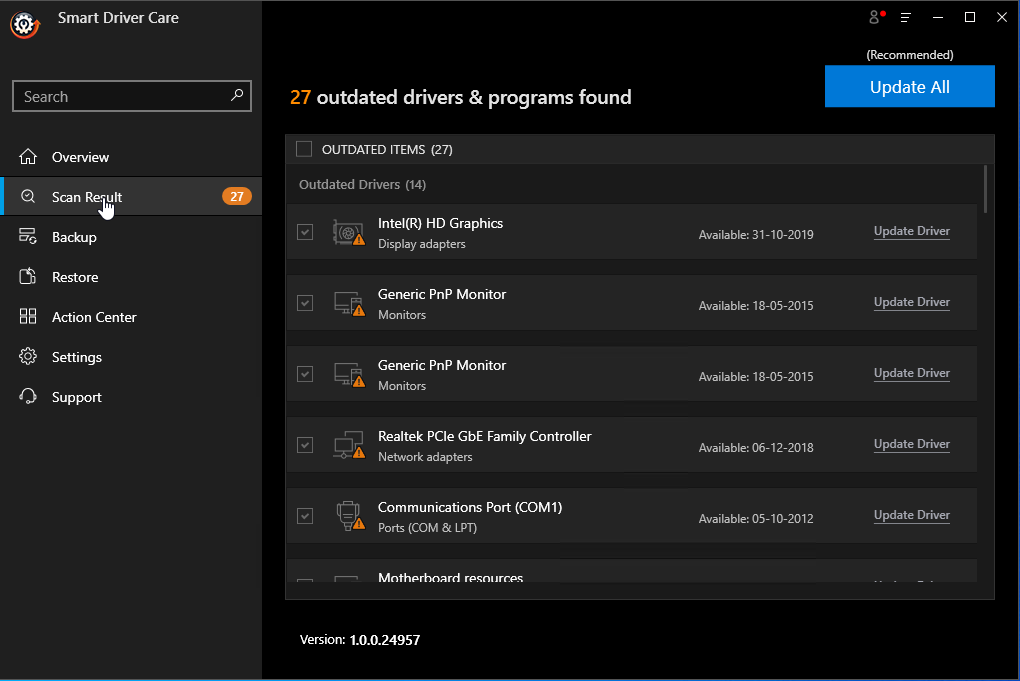
Updating drivers via Smart Driver Care can help you save a lot of time and effort. Download today!
Also read: How To Check For Missing Drivers Using Automatic Driver Updater Software?
#4 Reset Driver Verifier
Moving to our next troubleshooting hack. We will now be resetting the Driver Verifier on Windows 10 and delete all the existing settings.
Launch the Start menu search box, type Command Prompt, right-click on it and select “Run as Administrator”.
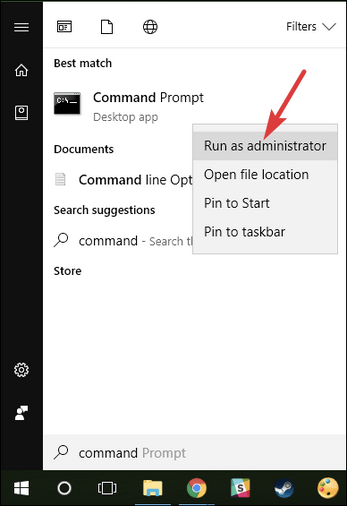
In the Command Prompt shell, type “Verifier” and hit Enter.
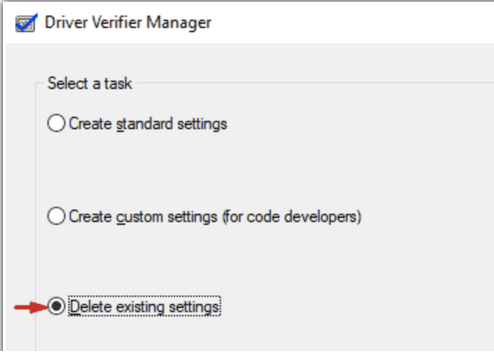
The “Driver Verifier Manager” window will now appear on the screen. Tap on “Delete Existing Settings”. Hit the “Finish” button to save your recent changes.
Reboot your device once done and check if the “Driver Verifier Detected Violation errors” persists.
#5 Scan your Device for Viruses or Malware
If the above-mentioned solutions didn’t work out too well, let’s try something else. Ever wondered if your device is infected with a virus, malware, or any other malicious threat? Well, there’s a way to find that out!
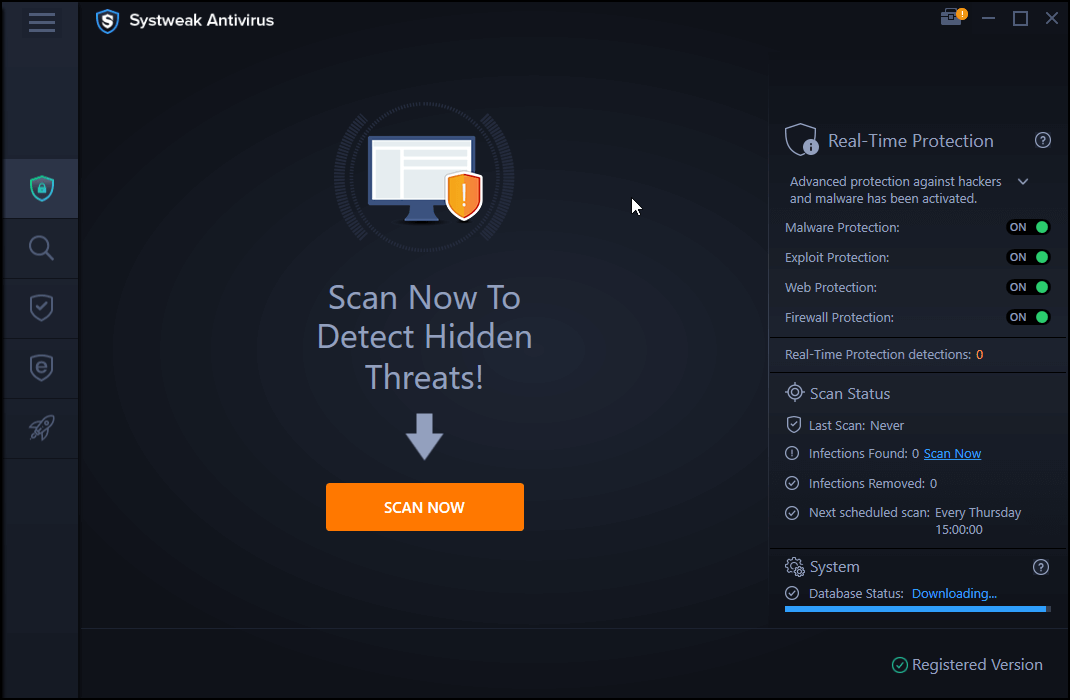
Download and install Systweak Antivirus on your Windows PC that offers real-time protection against viruses, malware, trojans, spyware, adware, and ransomware attacks. Systweak Antivirus shields your device and keeps a constant check to stop zero-day vulnerabilities and exploits from entering your device. It is a must-have security tool to scan and fix any virus or malware traces, hidden threats to keep your device and sensitive data protected.
#6 Run the Memory Diagnostic Tool
Press the Windows + R key combination to open the Run dialog box.
Type “mdsched.exe” in the textbox to run the Memory Diagnostic tool to check for any recent hardware failures.
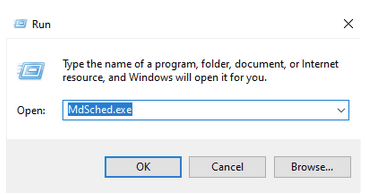
Follow the on-screen instructions to complete the scan. Once done, reboot your device to see if it fixed the issue.
Also read: How To Check RAM Performance With Windows Memory Diagnostic Tool
Conclusion
And it’s a wrap! We hope the above-mentioned solutions prove out helpful to you in fixing the “Driver Verifier Detected Violation Error” on Windows 10 devices. Do let us know which solution worked wonders for you. Feel free to share your thoughts in the comments space!



 Subscribe Now & Never Miss The Latest Tech Updates!
Subscribe Now & Never Miss The Latest Tech Updates!
Rodger Skivington
I very much appreciate the suggested ways of solving the BOSD problem. However, your suggestions overlook one thing: how to get into the computer to act on them when the blue screen immediately appears after signing the password and then restarts the pc and goes through the whole process over again. There is absolutely no time to do anything. I appreciate after writing this that you are seeking comments not offering to provide a solution. However, any advice you can provide to overcome my initial difficulty would be appreciated.Preeti Seth
Hello Rodger, Thank you for writing to us. To solve the problem you are facing we suggest you reboot the PC, just as Windows attempts to load, press, and hold Power Button for 5 – 10 seconds. This will help perform a Hard Shut Down Do this twice. On the third start, Windows will boot into the Recovery Environment. From this window you can access System Repair, Safe Mode, Command Prompt . . . etc. Go to Troubleshoot > Advanced Option > Startup Settings and click Restart. Once the PC restarts press 4 to enter Safe Mode When in Safe Mode, turn off Driver Verifier. After disabling Driver Verifier, try to boot Windows normally, it should help. In addition to this, if you want to know more about Safe Mode you can read our previous post – https://wethegeek.com/how-to-boot-into-windows-10-safe-mode/ Restart your PCTsR
After running the verifier i was stuck in a BSOD loop – the verifier detected some problems and infinitely detected/rebooted. The solution turned out to be to log into safe mode (on the user you ran verifier from), then start verifier and select delete all settings, then reboot and problem was fixed